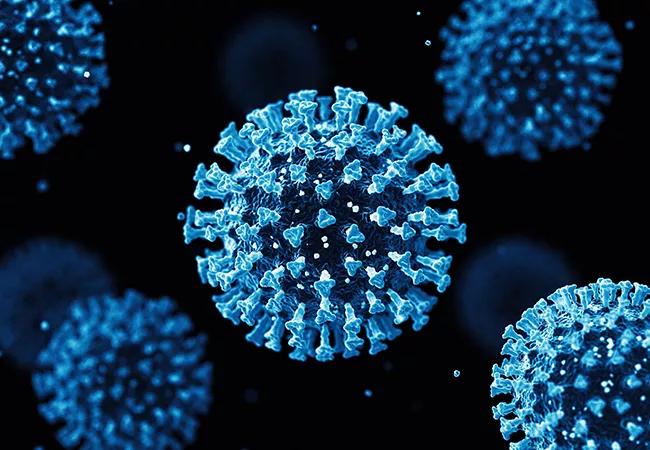Infection with B.2 lineage is associated with worse outcomes, genomic analysis finds

Epidemiologists at Cleveland Clinic have been investigating the evolution of the SARS-CoV-2 virus to help determine which patients are at risk for more severe disease. In April 2021, they published these findings in JAMA Network Open.
Advertisement
Cleveland Clinic is a non-profit academic medical center. Advertising on our site helps support our mission. We do not endorse non-Cleveland Clinic products or services. Policy
Frank Esper, MD, infectious disease specialist at Cleveland Clinic Children’s and the study’s first author, says, “Over time, disease associated with infection demonstrated a decrease in length of stay and reduced case-fatality ratios, despite elevated hospitalization numbers. While the development of anti-viral medications and improved clinical care protocols have had substantial effects, the contribution of virus evolution on changes in clinical outcomes remains understudied.”
The research team performed a viral genome analysis of SARS-CoV-2-infected clinical specimens during the initial wave of infection and correlated SARS-CoV-2 variants to hospitalization, ICU admission, mortality and laboratory outcomes. Hospitalization and ICU admission were similar regardless of virus strain. However, infection with B.2 lineage (Clade V) demonstrated higher renal injury and overall mortality.
Within weeks of the first SARS-CoV-2 wave, a profound shift towards 23403A>G (D614G)-specific genotypes occurred. Additionally, replaced clades were associated with worse clinical outcomes, including mortality. These findings help explain persistent hospitalization, yet decreasing mortality, as the pandemic progresses.
SARS-CoV-2 lineage assignment is an important factor that may aid in predicting patient outcomes. Understanding those SARS-CoV-2 mutations that alter disease outcomes may provide important clues to better understanding the complex virus-host relationship.
Reference
Esper FP, Cheng YW, Adhikari TM, Tu ZJ, Li D, Li EA, Farkas DH, Procop GW, Ko JS, Chan TA, Jehi L, Rubin BP, Li J. Genomic Epidemiology of SARS-CoV-2 Infection During the Initial Pandemic Wave and Association With Disease Severity. JAMA Netw Open. 2021 Apr 1;4(4):e217746. doi: 10.1001/jamanetworkopen.2021.7746. PMID: 33900399; PMCID: PMC8076962.
Advertisement
Advertisement
Advertisement

Patients report improved sense of smell and taste

Clinicians who are accustomed to uncertainty can do well by patients

Unique skin changes can occur after infection or vaccine

Cleveland Clinic analysis suggests that obtaining care for the virus might reveal a previously undiagnosed condition

As the pandemic evolves, rheumatologists must continue to be mindful of most vulnerable patients

Early results suggest positive outcomes from COVID-19 PrEP treatment

Could the virus have caused the condition or triggered previously undiagnosed disease?

Five categories of cutaneous abnormalities are associated with COVID-19